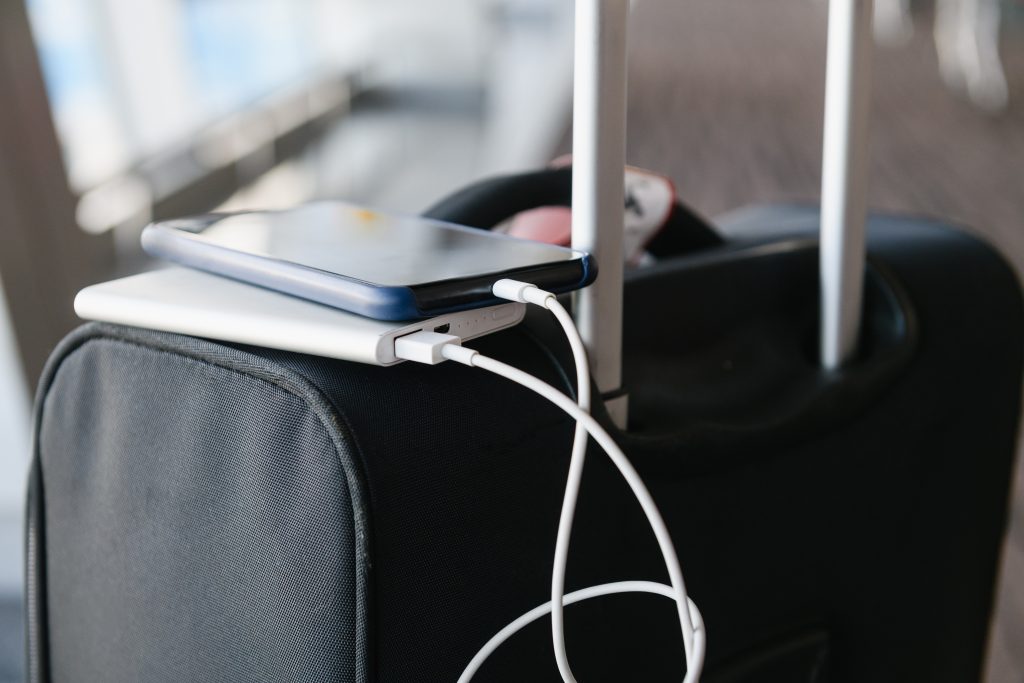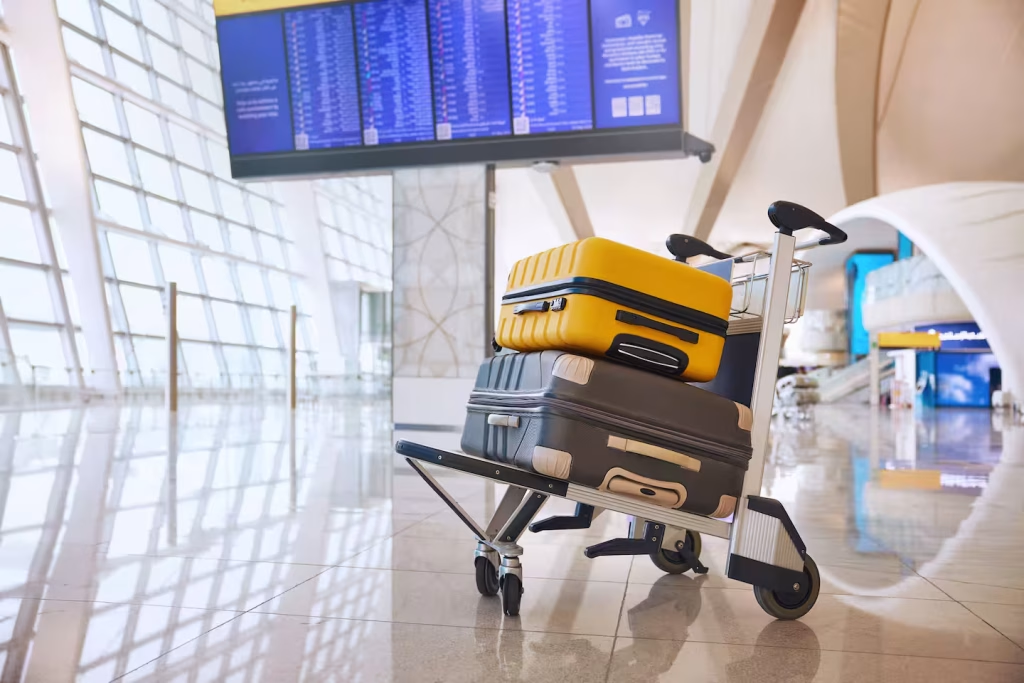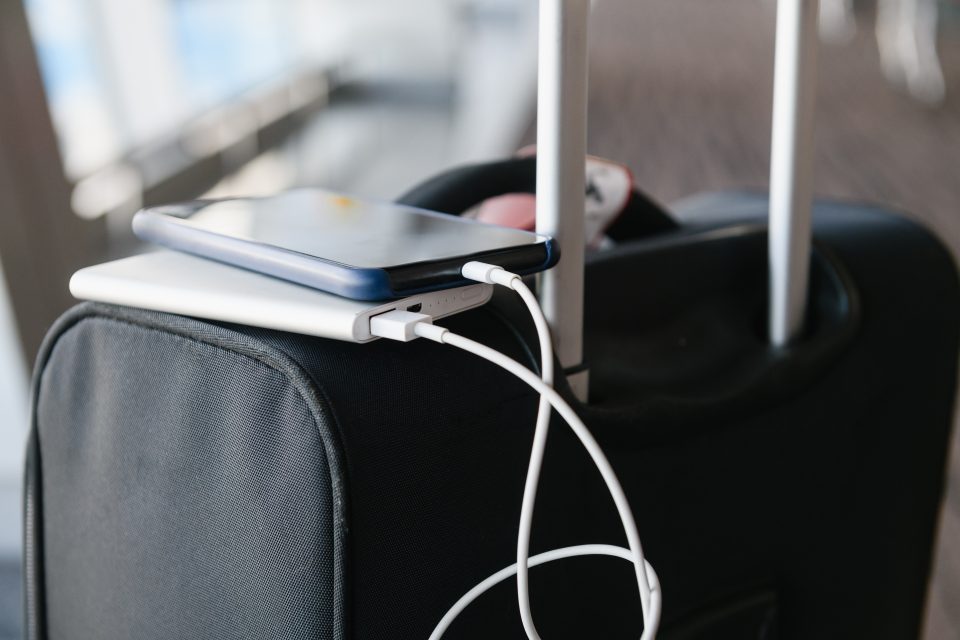A recent inflight fire incident caused by a power bank on an Air Busan flight has highlighted growing safety concerns over lithium-ion batteries in aviation. As travellers rely heavily on portable chargers, airlines worldwide, including major carriers in the Middle East, are swiftly tightening their rules.
Here’s what you need to know and how it might affect your next flight.

So, what’s the problem with Lithium-ion batteries?
Lithium-ion batteries, common in power banks, phones, laptops, and even electric vehicles, can become hazardous if damaged, overheated, or improperly handled. The term for the chain reaction in these batteries is called “Thermal runaway,” and over the past 20 years, there have been over 500 incidents causing smoke, fire, or extreme heat onboard an aircraft in the US aviation industry alone.
Airlines respond
As a result, many airlines across the Middle East and Asia are proactively addressing the lithium-ion battery risk by imposing strict onboard restrictions:
- Emirates: Passengers can carry power banks onboard, but usage or charging inflight is prohibited.
- Etihad Airways: Power banks are considered spare batteries, they must be carried onboard in carry-on luggage, individually protected to prevent short circuits. Each passenger may carry up to 10 spare batteries, limited to 100Wh each. Authorisation is required for higher capacities.
- Qatar Airways: Special restrictions apply for passengers departing from Baghdad and Basra, limiting power banks to a maximum capacity of 100Wh. Carrying power banks in checked baggage is strictly forbidden.
- Cathay Pacific, Singapore Airlines, and Thai Airways now prohibit passengers from using or charging power banks inflight.
- South Korean carriers (e.g., Korean Air, Asiana) require passengers to store power banks securely, not allowing placement in overhead bins.
- AirAsia mandates power banks to be stored safely under seats or in seat pockets and strictly forbids their charging onboard.
How to travel safely with power banks

To ensure a safe journey, travellers should:
- Only carry power banks in hand luggage, never in checked bags.
- Inspect power banks regularly for damage or swelling.
- Use insulating tape or protective cases to prevent contact with metal objects.
- Be aware of airline-specific watt-hour limits, typically ranging from 100Wh to 160Wh.
The impact on business and frequent travellers
These tighter restrictions inevitably affect business and frequent flyers who rely heavily on power banks, especially on long-haul flights or journeys through airports with limited charging options. Travellers need to plan ahead, ensuring their devices are fully charged before boarding or investing in higher-quality, airline-approved power banks.
Ultimately, while the likelihood of a power bank-related incident remains rare, the severe potential consequences prompt airlines to adopt strict safety measures. By following these guidelines and staying informed about airline-specific regulations, passengers can help ensure a safer, smoother travel experience for everyone onboard.



